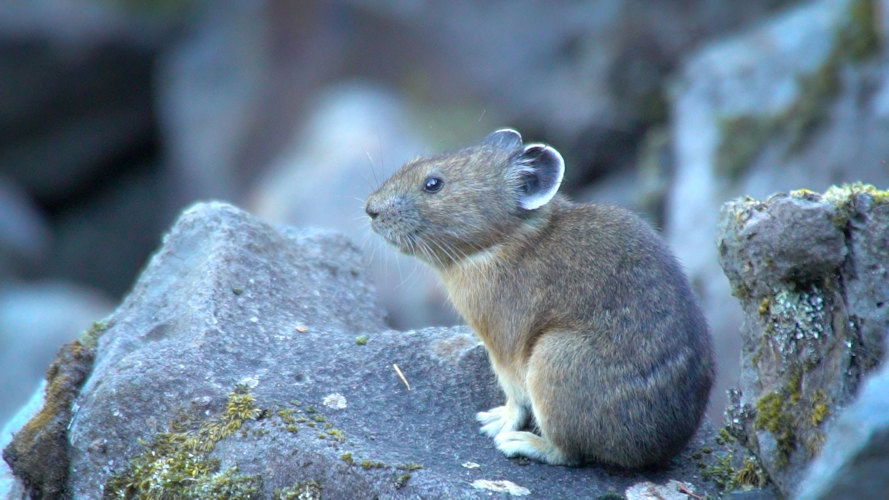Squeak! Tiny pikas – and their watchers – are on the rise in the Columbia River Gorge

PORTLAND, Ore. (KTVZ) -- Pika enthusiasts have reason to celebrate this season, as new survey data from Cascades Pika Watch shows numbers of the potato-sized mammals — and the volunteers trained to spot them — are on the rise in the Columbia River Gorge.
Since the 2017 Eagle Creek Fire, surveys indicate the pika population in the area has been steadily increasing. Last year volunteers spotted pikas at nearly two-thirds of the sites surveyed, and this year that number was even higher.
“Each season, we’re getting closer to the pre-fire population numbers,” said Dr. Johanna Varner, scientific adviser for the Cascades Pika Watch program. “This is great news for everyone monitoring the Gorge pika population.”
Pikas, tiny rabbit relatives known for their distinctive, squeak-toy-like calls, typically live on mountain slopes at elevations above 6,000 feet, but a unique low-elevation population is living at the Columbia Gorge — just a half hour from Portland.
Every summer, volunteers from Cascades Pika Watch — a program of the Oregon Zoo — head into the field with binoculars to stake out pika hot spots, record their locations and listen for the pika’s telltale squeak. Then they upload their data to a website, helping biologists to better understand where pikas live and whether their range is shifting.
There is growing concern among scientists about the future of pikas, as climate change has caused population declines and local extinctions in parts of the pika’s range. But Varner says the season’s results are very encouraging.
“The data from this program tell us this population might be more resilient than some others,” Varner said. “We’re really hopeful that pikas in the Gorge will be around for a long time.”
Pikas aren’t the only creatures increasing in number this year. The Cascades Pika Watch program benefitted from a record number of volunteers: 168 trained citizen scientists submitted 558 surveys from 84 locations throughout the Gorge. No easy feat, considering how difficult pikas can be to spot.
“Because they’re small and blend in so well with their rocky habitat, they can be hard to find,” Varner said. “Especially if you don’t know what to look — or listen — for. We’re extremely grateful to have so many dedicated volunteers who are trained to find them.”
Cascades Pika Watch will return next year, and aspiring pika watchers are encouraged to sign up for free in-person or online trainings. Sites are accessed via public hiking trails, and no special skills are required. The training schedule will be announced in spring 2025 at oregonzoo.org/pika.